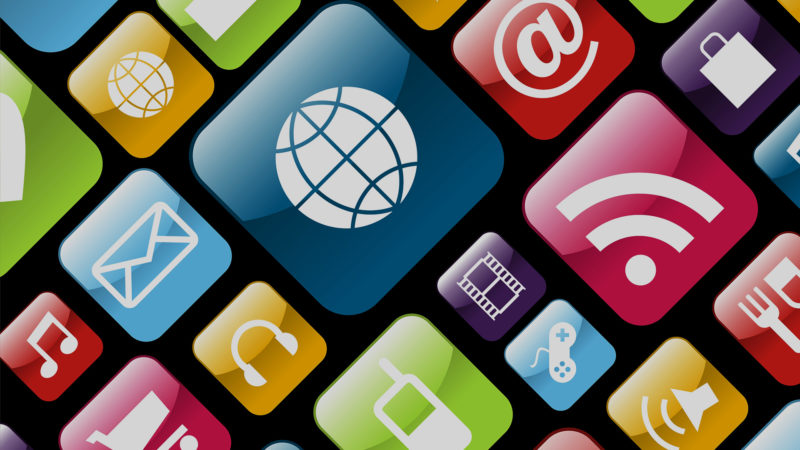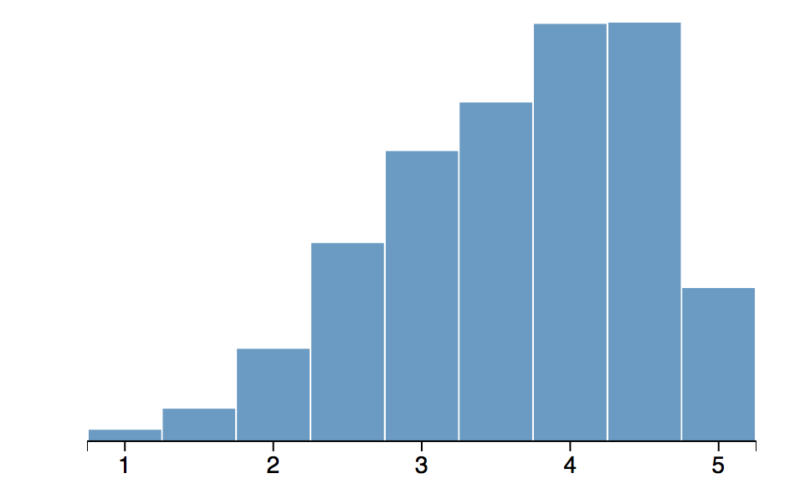App Store Ratings: A Single Star Jump Can Mean 340% More Downloads
Given the data about app engagement, much is at stake in the success or failure of a marketer’s mobile app. App users spend more time and money and are generally more loyal customers than non-app users (though there’s a bit of a chicken-and-egg issue here). A poorly designed app can frustrate or alienate customers, or […]

Given the data about app engagement, much is at stake in the success or failure of a marketer’s mobile app. App users spend more time and money and are generally more loyal customers than non-app users (though there’s a bit of a chicken-and-egg issue here).
A poorly designed app can frustrate or alienate customers, or in extreme cases, damage brand perception. A successful app can (and should) become the foundation of a brand’s multi-channel strategy.
This is where app store ratings enter the picture. A one-star bump can make a big difference in downloads, says a recent survey from Apptentive.

Source: Apptentive Consumer Survey (2015)
The in-app feedback provider recently asked 350 smartphone owners in the US about the “minimum star rating they’d accept in order for them to consider downloading an app.” Roughly 60 percent of respondents said that they “usually or always check ratings before downloading an app.”
According to the survey, only 15 percent would consider apps with a two-star average rating. One more star, and half the respondents would potentially download the app. An impressive 96 percent said they would install four-star apps. This makes logical sense and parallels the way consumers react to product and service ratings in other categories.
 Source: Apptentive Consumer Survey (2015)
Source: Apptentive Consumer Survey (2015)
Apptentive calculated that “jumping from a 2-star to a 3-star rating effectively increases your app store conversion by 340 percent . . . [and] jumping from 3 to 4 stars increases your conversion by an additional 89 percent.”
The survey is silent on the question of apps without ratings. A 2014 analysis of the Apple app store by Scott Logic found that roughly 60 percent of apps didn’t have any ratings. The remaining 40 percent that did were distributed as follows:

Source: Scott Logic (2014)
Over time, app store ratings should accurately reflect the merits of an app, though there is often some attempted early gaming by developers and publishers. However, developing a solid app and iterating to improve the user experience should naturally yield positive ratings in the app store. App discovery is another topic.
Contributing authors are invited to create content for MarTech and are chosen for their expertise and contribution to the martech community. Our contributors work under the oversight of the editorial staff and contributions are checked for quality and relevance to our readers. MarTech is owned by Semrush. Contributor was not asked to make any direct or indirect mentions of Semrush. The opinions they express are their own.
Related stories
New on MarTech